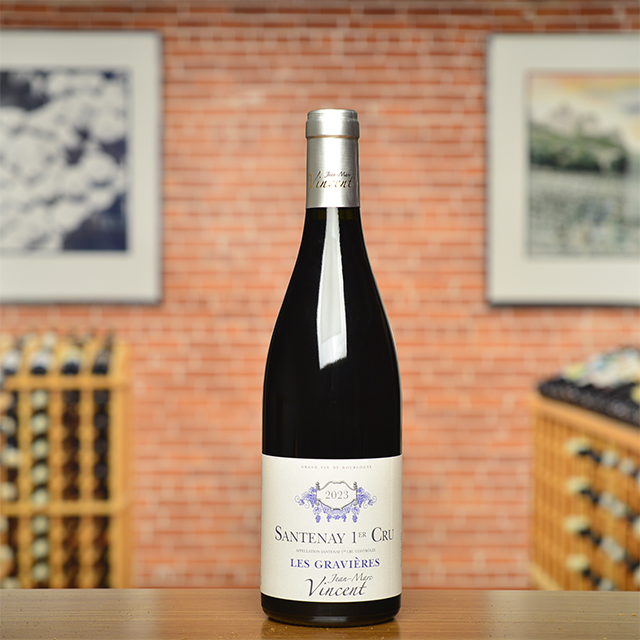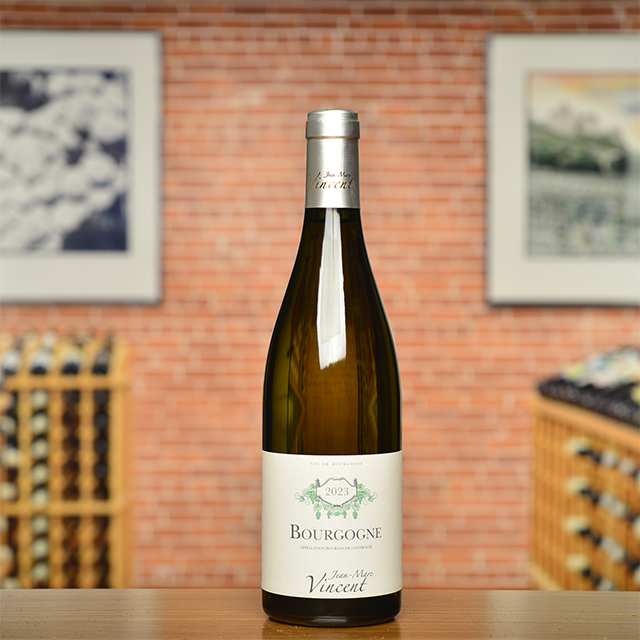Notify me
2019 Coteaux du Loir Rouge “Cuvée du Rosier”
Pascal Janvier
This reasonably priced, delicately flavored charmer is made from 100% Pineau d’Aunis, an indigenous red grape we hold dear to our collective hearts because of its mystifying aromatics, low alcohol, and bright, juicy texture. White pepper, roses, and strawberry fields come to mind, while a subtle palate-tickling spritz livens it up further (this effect is intentional, but if it bothers you, simply shake up the bottle or decant it). A team player at table, this red works well with many diverse cuisines; try it with numbing Szechuan fried chicken for a delicious revelation.
—Anthony Lynch
| Wine Type: | red |
| Vintage: | 2019 |
| Bottle Size: | 750mL |
| Blend: | Pineau d'Aunis |
| Appellation: | Coteaux du Loir |
| Country: | France |
| Region: | Loire |
| Producer: | Pascal Janvier |
| Winemaker: | Pascal Janvier |
| Vineyard: | 25 years, 1.6 ha |
| Soil: | Clay, Sand |
| Farming: | Lutte Raisonnée |
| Alcohol: | 13.5% |
More from this Producer or Region

2022 Jasnières “Cuvée Sainte Narcisse”
France | Loire
It might be the most unusual and most delicious top-quality sweet wine you have ever tried.
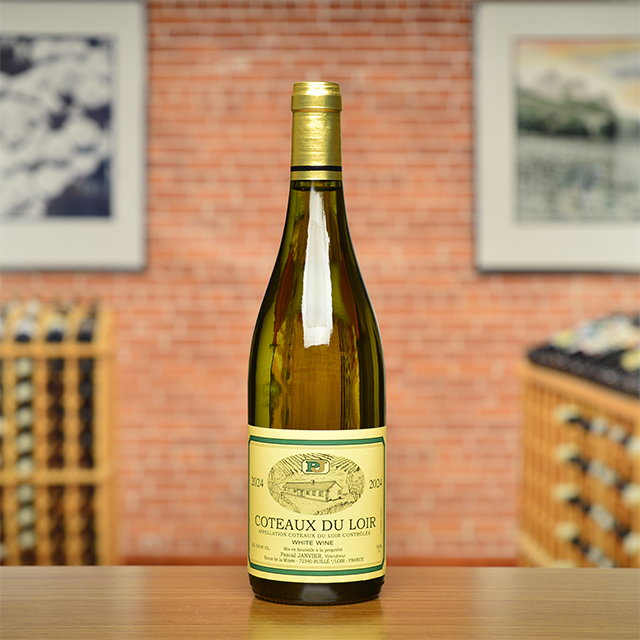
2024 Coteaux du Loir Blanc
France | Loire
Exotically perfumed with hints of guava, musk, and clove, it finishes dry and quite flinty.

2018 Saumur Blanc “L’Échelier”
France | Loire
Burgundian-like in character from its time spent in barrel, the laser-like acidity will become even more enticing with some age.
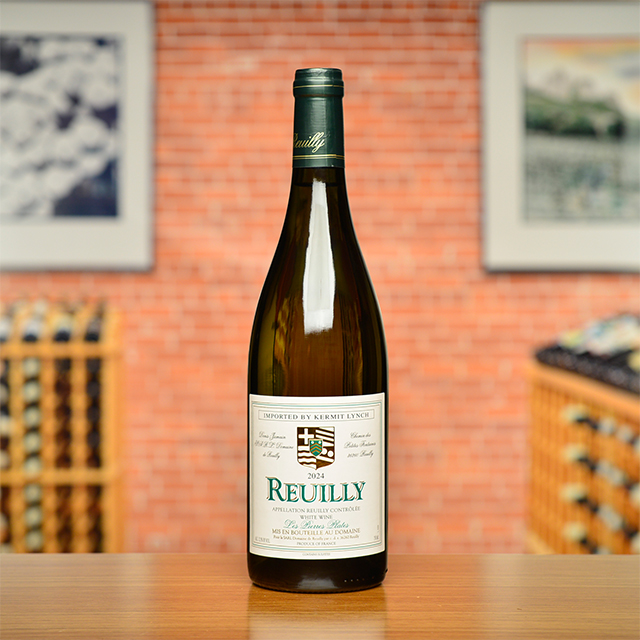
2024 Reuilly “Les Pierres Plates”
France | Loire
Grassy and piquant with a citrus and mineral-tinged finish, it checks all the boxes.

2019 Vin de France Rouge Grolleau/Cabernet Franc “Clandestine”
France | Loire
A lovely combination of Grolleau Noir and Cabernet Franc, there seems to be a synergistic effect elevating both grapes to create a juicy, spicy, refreshing whole.

2024 Jasnières
France | Loire
Racy, slightly honeyed, exotically perfumed, and loaded with minerality, this wine is an excellent representation of how Chenin reacts to the local conditions.

2021 Vin de France Blanche
France | Loire
This skin-contact wine is redolent of blood orange and hyssop—a perfect apéritif for olives and anchovies.

2023 Vouvray “Pierres Rousses”
France | Loire
This wine is deep and textural, with serious presence on the palate and a dry, flinty finish.

2016 Chinon “Les Varennes du Grand Clos”
France | Loire
Joguet’s Varennes du Grand Clos has fine-grained tannins that seem to melt into the richness of a marbled steak in an almost magical way.
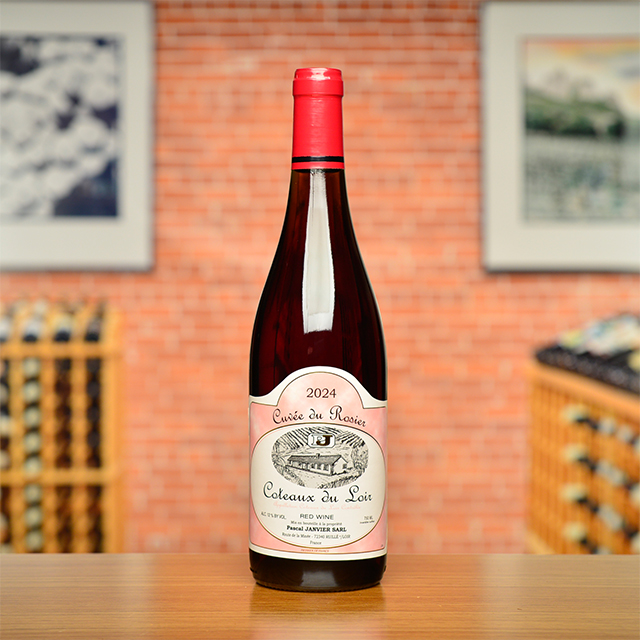
2024 Coteaux du Loir Rouge “Cuvée du Rosier”
France | Loire
This red is 100% Pineau d’Aunis, an indigenous red grape we hold dear because of its mystifying aromatics and bright, juicy texture.
About The Producer
Pascal Janvier
About The Region
Loire

The defining feature of the Loire Valley, not surprisingly, is the Loire River. As the longest river in France, spanning more than 600 miles, this river connects seemingly disparate wine regions. Why else would Sancerre, with its Kimmeridgian limestone terroir be connected to Muscadet, an appellation that is 250 miles away?
Secondary in relevance to the historical, climatic, environmental, and cultural importance of the river are the wines and châteaux of the Jardin de la France. The kings and nobility of France built many hundreds of châteaux in the Loire but wine preceded the arrival of the noblesse and has since out-lived them as well.
Diversity abounds in the Loire. The aforementioned Kimmeridgian limestone of Sancerre is also found in Chablis. Chinon, Bourgueil, and Saumur boast the presence of tuffeau, a type of limestone unique to the Loire that has a yellowish tinge and a chalky texture. Savennières has schist, while Muscadet has volcanic, granite, and serpentinite based soils. In addition to geologic diversity, many, grape varieties are grown there too: Cabernet Franc, Chenin Blanc, Sauvignon Blanc, and Melon de Bourgogne are most prevalent, but (to name a few) Pinot Gris, Grolleau, Pinot Noir, Pineau d’Aunis, and Folle Blanche are also planted. These myriad of viticultural influences leads to the high quality production of every type of wine: red, white, rosé, sparkling, and dessert.
Like the Rhône and Provence, some of Kermit’s first imports came from the Loire, most notably the wines of Charles Joguet and Château d’Epiré—two producers who are featured in Kermit’s book Adventures on the Wine Route and with whom we still work today.
More from Loire or France
2024 Coteaux du Loir Rouge “Cuvée du Rosier”
Pascal Janvier France | Loire
2024 Muscadet “Le Clos de la Butte”
Eric Chevalier France | Loire
2024 Pouilly-Fumé “Vieilles Vignes”
Régis Minet France | Loire
2019 Saumur Blanc “Le Clos du Moulin”
Thierry Germain France | Loire
2021 Vin de France Blanche
Domaine Michel Brégeon France | Loire
2020 Muscadet Sèvre et Maine Clisson “La Molette”
Domaine Michel Brégeon France | Loire
2024 Vouvray
Champalou France | Loire
2024 Chinon Rosé
Bernard Baudry France | Loire
2020 Chinon “Les Varennes du Grand Clos”
Charles Joguet France | Loire
2016 Jasnières “Chant de Vigne”
Christine de Mianville France | Loire
2018 Muscadet Sèvre et Maine “Gorges”
Domaine Michel Brégeon France | Loire
2019 Vin de France Rouge Grolleau/Cabernet Franc “Clandestine”
Grange Saint-Sauveur France | Loire
2024 Coteaux du Loir Rouge “Cuvée du Rosier”
Pascal Janvier France | Loire
2024 Muscadet “Le Clos de la Butte”
Eric Chevalier France | Loire
2024 Pouilly-Fumé “Vieilles Vignes”
Régis Minet France | Loire
2019 Saumur Blanc “Le Clos du Moulin”
Thierry Germain France | Loire
2021 Vin de France Blanche
Domaine Michel Brégeon France | Loire
2020 Muscadet Sèvre et Maine Clisson “La Molette”
Domaine Michel Brégeon France | Loire
2024 Vouvray
Champalou France | Loire
2024 Chinon Rosé
Bernard Baudry France | Loire
2020 Chinon “Les Varennes du Grand Clos”
Charles Joguet France | Loire
2016 Jasnières “Chant de Vigne”
Christine de Mianville France | Loire
2018 Muscadet Sèvre et Maine “Gorges”
Domaine Michel Brégeon France | Loire
2019 Vin de France Rouge Grolleau/Cabernet Franc “Clandestine”
Grange Saint-Sauveur France | Loire
Kermit once said...

Kermit once said...
I want you to realize once and for all: Even the winemaker does not know what aging is going to do to a new vintage; Robert Parker does not know; I do not know. We all make educated (hopefully) guesses about what the future will bring, but guesses they are. And one of the pleasures of a wine cellar is the opportunity it provides for you to witness the evolution of your various selections. Living wines have ups and downs just as people do, periods of glory and dog days, too. If wine did not remind me of real life, I would not care about it so much.
Inspiring Thirst, page 171





